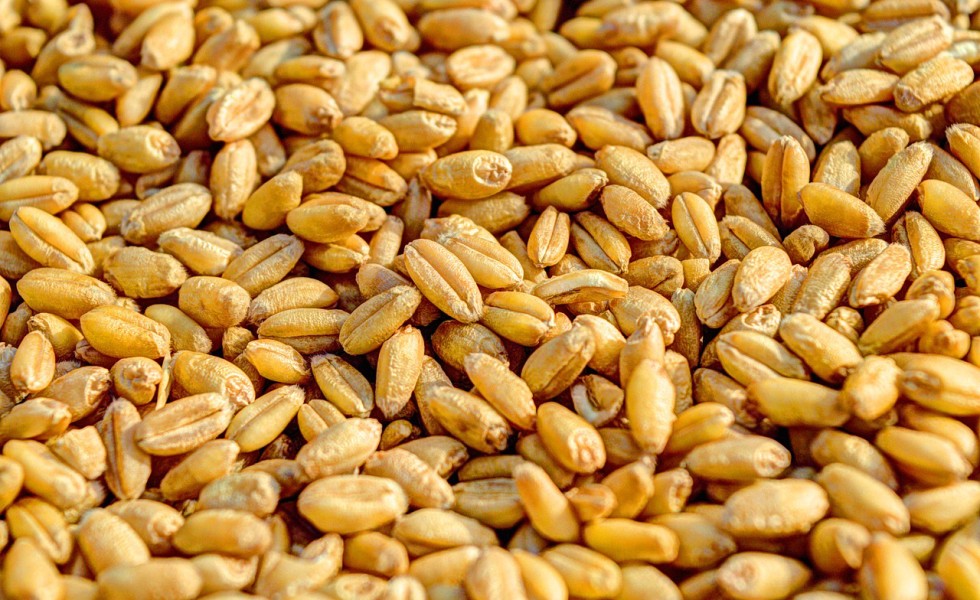Cresting the Wave, Looking Into Next Year’s Trough
Posted on November 19, 2021

There’s no good time for bad news. Most farmers and ranchers, however, prefer to hear it sooner than later to factor it into the day or season’s plan.
Maybe that’s why our good friends at farmdocDaily, the online consortium of Land Grant extension specialists hosted by the University of Illinois, released a “Stress Test of 2022 Crop Returns” in late August: they want corn and soybean farmers to begin to focus on what a return to “average” could bring after three years of government payments and wild market swings.
Their collective view is clear. “Positive returns are projected for both” 2022 corn and soybeans “given a $4.25 corn price and $12.00 soybean price…” But lower prices for both, such as a “return to 2014-2019 prices,” they warn, will bring “meager incomes, and possible pressures for another round of ad hoc Federal payments.”
That’s Extension-speak for “So far, so good but this could go south in a hurry.” (Links to farmdocDaily bulletins and tables cited here, including all imputed costs, are posted at farmandfoodfile.com.)
For example, if 2022 corn prices average $4.50 per bu. compared to this year’s estimated $5.25, and yields drop from today’s 235 bu. average to a normal 220 bu., the estimated “farmer return” per acre collapses from a thick $343 now to a skinny $20 next year.
A continued strong market in soy, however, would soothe that bruise. According to the analysts, if 2022 bean prices average $12.00 per bu., just $1 under 2021’s projected average price, per acre bean profits slip from a fat $294 to a still-plump $122.
That means a central Illinois “high productivity… 50% corn, 50% soybean rotation” this year will “return $315 per acre, a record level exceeding the previous high of $290 per acre set in 2011.”
But $4.50-corn and $12-beans in 2022 means the “projected farmer returns” on the same 50/50 rotation would be “$71 per acre,” a whopping $244 an acre less but still three times the paper thin, 2014-to-2019 average of $25 per acre.
That’s the still-good news; here’s the potentially bad: “While returns are projected positive for 2022, relatively small declines in prices could cause returns to be negative.”
If, for example, 2022 corn prices average $4.41 per bu. and bean prices average $10.23 per bu. or lower, farmer “returns would be negative on cash rented land…”
Lower crop prices, though, aren’t the only reason. Crop input prices for 2022, especially fertilizer, are far higher and, too, for the first time in years there will be no “ad hoc Federal payments.”
While no one can say where fertilizer prices will top out–potash, nitrogen, and diammonium phosphate, or DAP, are now at record levels and rising–we do know that federal payments to productive, central Illinois farms averaged from 2018 to 2020, respectively, $1, $110, and $68 an acre for corn while soybean payments were $122, $94, and $45 an acre those same years.
Nationwide, that’s billions more in tomorrow’s production costs and tens of billions less in yesterday’s government payments.
And what do the number gurus see for per-acre returns if U.S. markets revisit “2014-2019 average prices of $3.64 per bu. [for corn] and $9.91 per bu. [for soybeans]”?
In a word, disaster. “At those prices, the average return for corn is -$164 per acre and -$17 per acre for soybeans. The 50-50 rotation return is -$86 an acre, well below all returns since 2000.”
While no one predicts that happening, the analysts are quick to point out that corn prices averaged $3.49 per bu. in 2016 and soybeans averaged “$9.39 per bu… in 2018…”
Still, the farmdocDaily pros are suggesting that U.S. corn and soybean farmers now are riding a high-profit wave that’s probably already crested. Whatever comes next includes the words “lower and less.”
And “Cowabunga!”
© 2021 ag comm

I appreciated your article on Neil Harl. Back in the late 1970’s I was working as an Area Farm Management with the Ohio Cooperative Extension Service in NE Ohio. At that time Federal Estate Taxes could be quite burdensome on rather modest farm operations. I used to say that with 60 cows and 160 acres you probably had an estate tax problem if no planning had been done. For several years, we (Extension) organized 2 day estate planning seminars for attorneys, accountants, and insurance folks that were interested in farm estate planning. One year we were able to get Dr. Harl as our main presenter. I picked him up at the Cleveland Airport and we had an hour or so to visit on our way to the hotel. I”m sure we visited about many things … but the thing I remember most vividly is that he told me that as a child he had a severe stuttering problem … which he obviously overcame! Keep publishing … I very much enjoy your Farm and Food column!